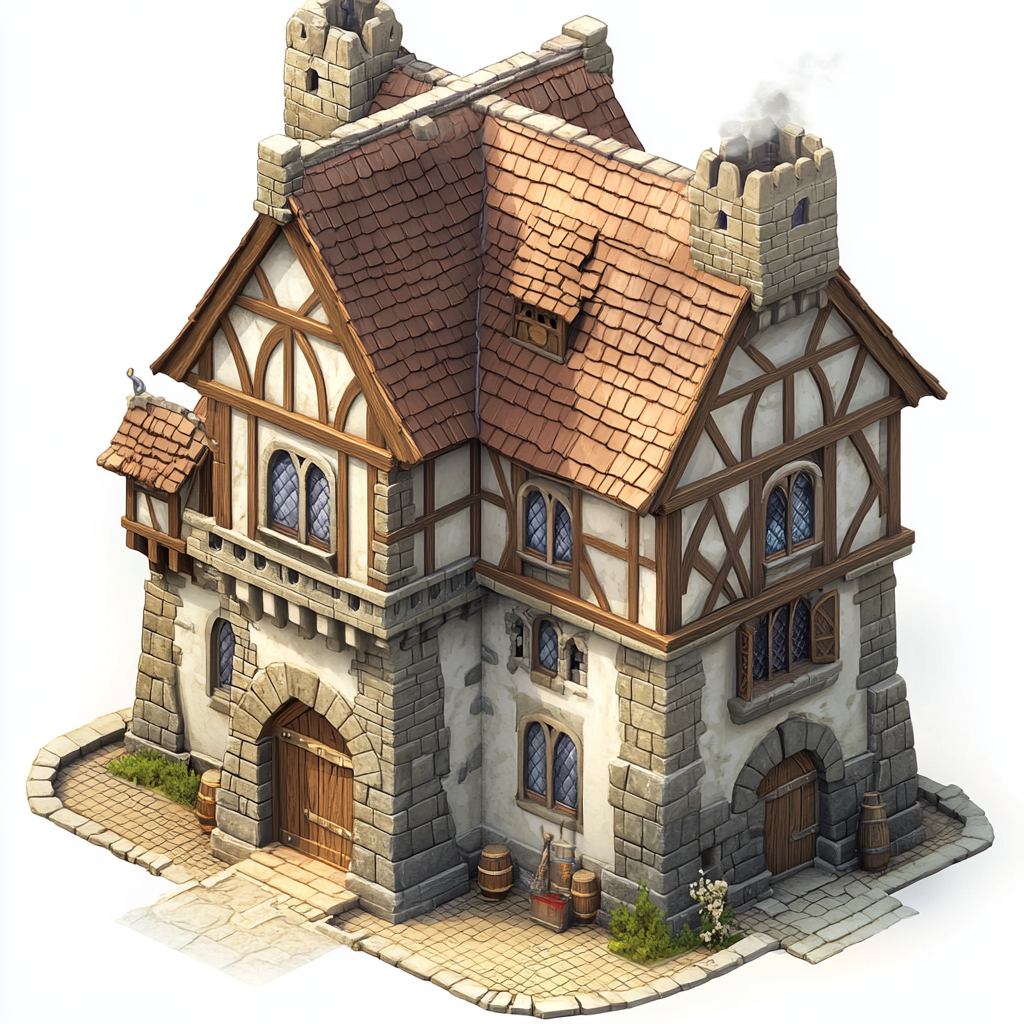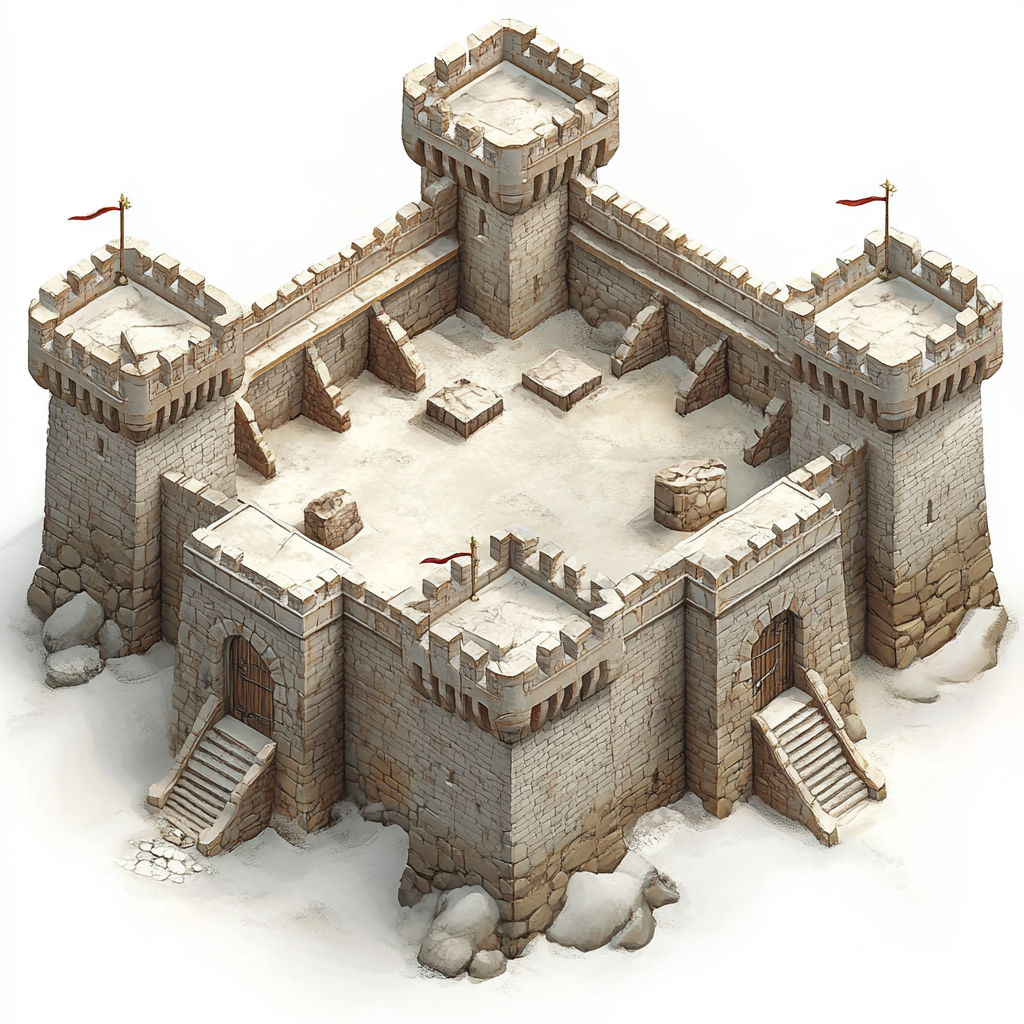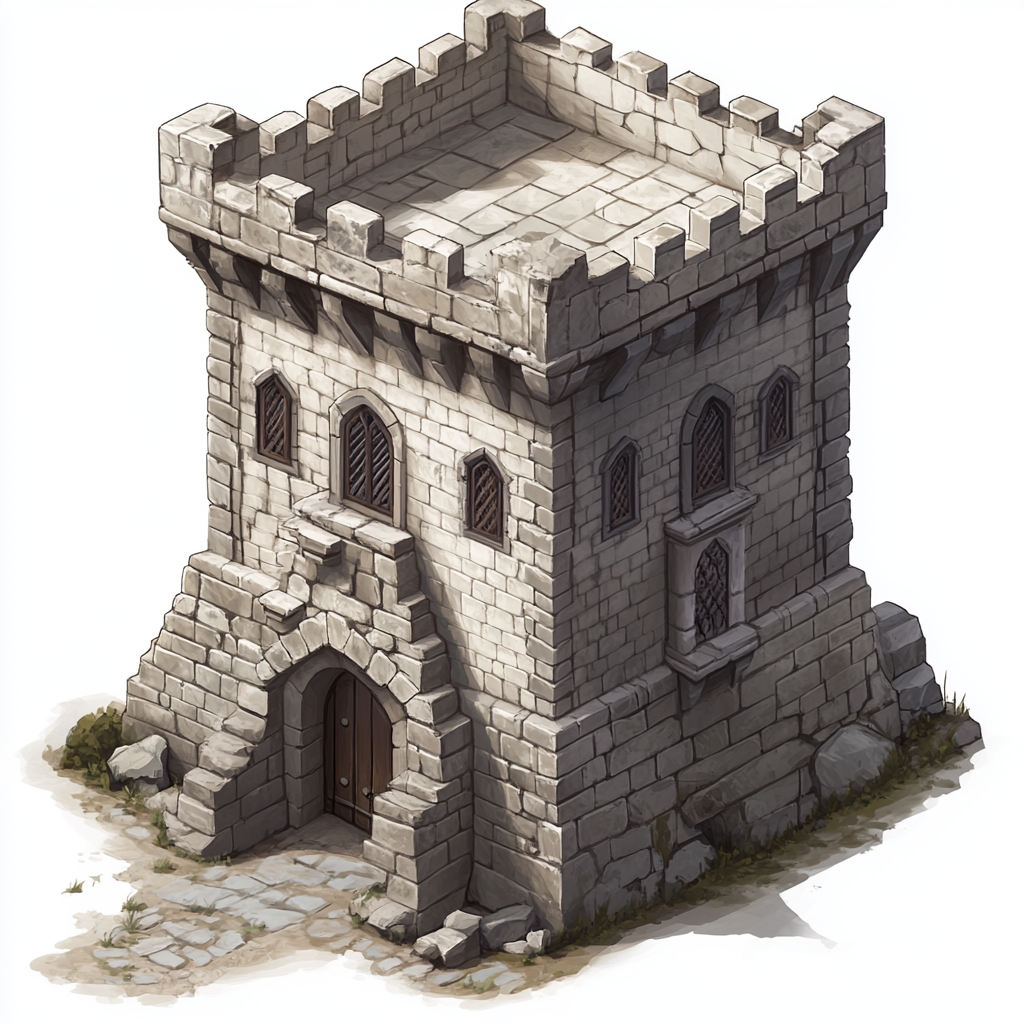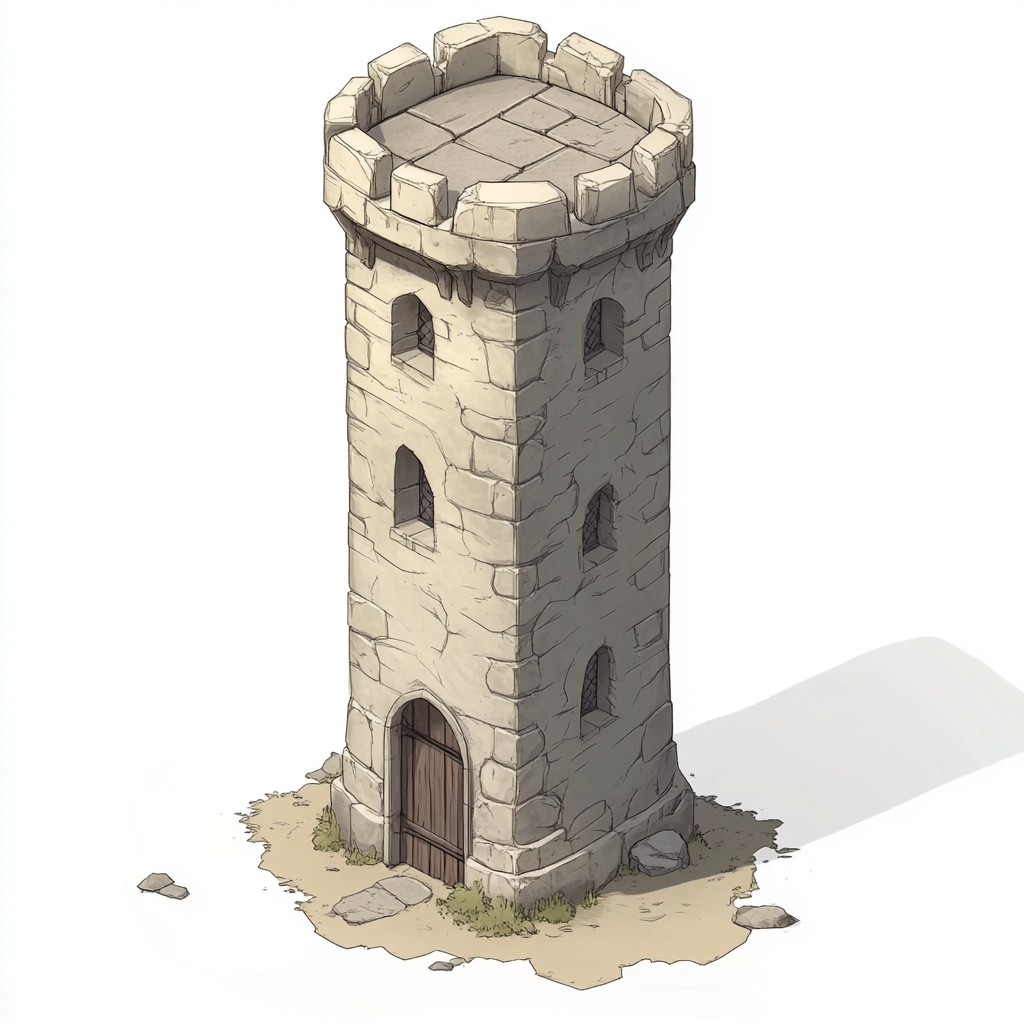Today, I’d like to share with you some amazing game asset creations made with Midjourney. Yes, even that is possible with Midjourney!
I’ve always been a fan of isometric graphics in games, from the classics of the '90s to modern stylized versions. Isometric games hold a unique charm with their distinct perspective and intricate details, and they’ve been a favorite of gamers and creators alike. For this post, I’ve selected two styles: one with a more classic look and the other with a stylized touch, both featuring a medieval theme.
The Power of the Sref Code
First, let’s talk about an important tool for creating consistent designs: the sref code. This is a Midjourney parameter added to prompts in the format --sref xxxxxx. Each sref code corresponds to a specific art style, complete with its own unique colors, line work, and design elements. It’s like having a pre-defined artistic lens to create your assets, ensuring all your outputs share a cohesive look.
For creators, understanding and using sref codes effectively can take your projects to the next level. They not only save time by maintaining consistency but also open up possibilities to experiment with various visual themes while sticking to a unified aesthetic.
Approach 1: Classic Isometric Graphics
For the first style, I aimed to capture the nostalgic vibe of classic isometric graphics from the 90s medieval RPGs with pixel-perfect detail. To achieve this, I used the style reference --sref 1519687795. This code delivers an illustration style that instantly evokes the feel of those timeless games.
However, because isometric perspective requires precision, I adjusted the style's weight using the “sw” parameter (between 15 and 30 were my best results). This step helps balance the details and ensures the final output stays true to the isometric format while maintaining the medieval theme. The results? Stunning recreations that feel straight out of a retro fantasy game!




Approach 2: Modern Stylized Graphics
Next, I explored modern stylized graphics, commonly found in mobile games. These designs are vibrant, playful, and perfect for engaging audiences. For this, I used a moodboard, another powerful Midjourney parameter added with the code --p xxxxxx.
Moodboards allow you to create personalized styles by training the AI with custom images. It’s an incredibly versatile tool, letting you push boundaries and develop unique aesthetics tailored to your projects. With the right moodboard setup, you can craft assets that are perfectly aligned with your creative vision, from color schemes to textures.
To complement this approach, I created a moodboard specifically for stylized medieval graphics, ensuring a fun and modern twist on the classic theme. The level of customization available here makes moodboards an essential tool for any designer or game developer.




Experimentation Is Key
Like what you see? Here’s the fun part: you can achieve even more by experimenting! Test different sref codes or combine them with moodboards to see how they interact. Try tweaking the weight of the sref code (using the sw parameter), or modify your prompts with small word changes to explore a variety of outcomes.
Even subtle adjustments can result in vastly different results, giving you a broader palette to work with. Whether you’re building a game, designing concept art, or just having fun with creative ideas, experimenting is the best way to unlock Midjourney’s full potential.
Final Thoughts
Creating game assets with Midjourney isn’t just possible—it’s incredibly rewarding. From classic isometric styles to modern stylized designs, the tools are there for you to bring your ideas to life. So why not give it a try? Play around with sref codes, build your own moodboards, and discover what’s possible. The results might just surprise you!
